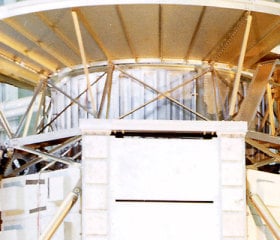
Electrical devices should be tagged and tested frequently to ensure safety.
Ensure that your flexible cord-and-plug-connected electrical equipment is tested and inspected correctly with our handy guide.
All your electrical equipment should be registered for the purpose of ensuring its inspection and testing.
The register should include information related to:
The register should cover all cord-connected electrical equipment. For example:
To ensure optimum safety, all cord-and-plug-connected electrical equipment should be regularly inspected, tested and maintained by trained personnel. This is especially important if the electrical equipment may be affected by a hostile operating environment.
To determine the frequency of such inspection, testing and maintenance work, we must first determine if the operating environment is hostile. This is where the electrical equipment is subjected to situations that will result in damage in its normal use. These conditions include:
The frequency of testing should be as defined in Table 2 of Australian Standard AS 3760 or the relevant legislation and records maintained as required in the Standard.
Ensure that all inspection and testing is carried out by a trained person, preferably a licensed electrician, in accordance with the specific instructions in Appendices A to D of Australian Standard AS 3760.
Be sure to tag all equipment following the inspection and testing, and include the due date for the next inspection.
In the event that the equipment fails to pass the test, it should be disposed of or sent for repairing.
The information on this site is of a general nature only. It does not take your specific needs or circumstances into consideration. You should look at your own situation and requirements before making any decisions.

3 min read
3 min read
The safety of your workers is paramount. Make sure that your workers are protected from electrical hazards. ...

2 min read
2 min read
Integrate workplace safety into your business functions and cut costs....

2 min read
2 min read
Are you recording the right workplace safety data to reduce your premium?...

2 min read
2 min read
4 must-do steps to ensure you comply with legislation and your staff have a safe working environment....
26 Park Street
South Melbourne
Melbourne VIC 3026
Australia
P. O. Box 23
Telerah
NSW 2320
Australia
Suite 25 Ground Floor
185-187 High Street
Freemantle
WA 6959
Australia
P.O. Box 306 Black Rock VIC 3193 Australia